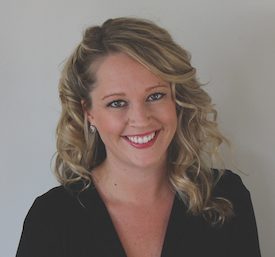A well-known figure in the retirement income world, Wade Pfau has been vocal about the benefits of using a reverse mortgage to fend against financial shocks in retirement.
“Financial planning research has shown that coordinated use of a reverse mortgage starting earlier in retirement outperforms waiting to open a reverse mortgage as a last resort option once all else has failed,” Pfau wrote on his Retirement Researcher blog. “Reverse mortgages have transitioned from a last resort to a retirement income tool that can be incorporated as part of an overall efficient retirement income plan.”
A professor of retirement income at The American College of Financial Services, Pfau has been publishing a series of articles on Forbes about reverse mortgages, seeking to demystify the product and explain strategies for its use in financial planning.
In his latest article, Pfau presents a reverse mortgage calculator, which allows users to estimate the amount of proceeds they could obtain through a reverse mortgage, assuming borrower opts for the most popular one-month, variable-rate option.
To determine the potential proceeds – also called the principal limit – borrowers must enter in home’s appraised value, which is then compared to the FHA’s lending limit (now $726,525). The lesser of the two figures will be used.
Next, the 10-year LIBOR swap rate (which is automatically entered) and the lender’s margin will be used to calculate the loan’s expected rate.
Then, the age of the youngest borrower (or the age of the non-borrowing spouse, if they are the youngest), will round out the data needed to calculate the principal limit factor.
The loan origination fee and other closing costs are factored together with the set mortgage insurance premium to determine the total upfront cost of obtaining the loan.
Lastly, any existing mortgage debt, necessary home repairs or anticipated set-asides for taxes and homeowner’s insurance are factored in. This information is applied to the home’s value and the principal limit factor to determine the net equity available.
The end result will give the user an idea of how much equity could be extracted using a reverse mortgage loan.
“As the government continues to strengthen the rules and regulations for reverse mortgages and new research continues to pave the way with an agnostic view of their role, reverse mortgages may become much more common in the coming years,” Pfau wrote.





